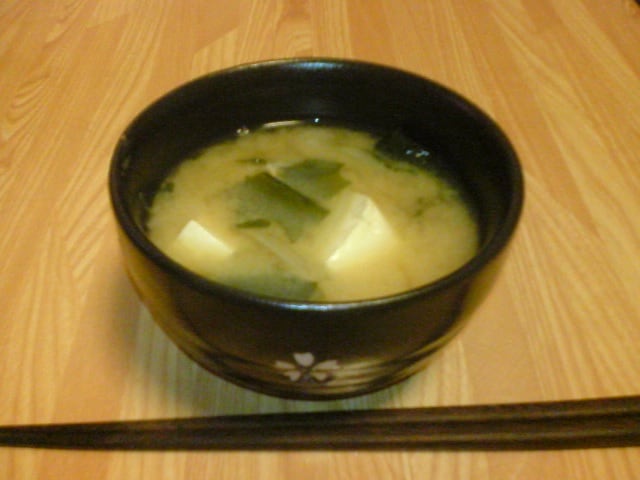The popularity of fermentation owes largely to flavor, given its role in bringing the elusive “umami” factor—the subtle, salty flavor known as the fifth taste—to iconic condiments worldwide, from fish sauce, gochujang, miso, and soy sauce to ketchup, vinegar, Tabasco and Worcestershire sauce.
Indeed, more and more food manufacturers are using the “umami” descriptor in their marketing and messaging around products with differentiated taste profiles, as the concept appears to be resurging from its monosodium glutamate-induced setback in recent decades. (The safety of MSG, known for producing the savory umami flavor, was called into question in recent decades—though the FDA re-affirmed its safety in the mid-90s.)
At an ideological level, “fermentation helps smooth out the cognitive dissonance between our preference for the natural and our reliance on the pre-cooked or pre-packaged, because nature retains the starring role in the food processing process,” wrote executive director David Sprinkle. “In this context, the human industry involved gets elevated to the status of craft, to the deepest end of the food processing pool.”

Indeed, consumers seeking out artisan foods are turning to regionally and locally prepared fermented foods, like craft pickles, kimchi and small-batch whiskey. In addition to their artisanal appeal, the probiotic goodness of fermented foods such as kimchi, lactic-acid fermented craft pickles and miso appeal to consumers looking to boost digestive health. In its report, Packaged Facts highlights the potential of seven globally inspired fermented ingredients—including fish sauce and fermented soy products such as miso and tempeh (explored in more detail below)—to excite US consumer palates.
Versatile, slight funky fermented fish sauce
A staple condiment and cooking ingredient across the cuisines of Vietnam, Cambodia, China, Japan, Laos, Malaysia and Myanmar, fermented fish sauce has become more familiar among US consumers for its ubiquity in popular Thai dishes, along with its wide use by chefs seen in cable food and cooking shows, and consumers’ growing desire to travel the world through their taste buds—a concept Packaged Facts dubbed “flavor tourism”.
Higher quality fish sauces require long fermentation times and the right ingredients (primarily, salt and fish). Red Boat fish sauce, preferred by many chefs and with demonstrated use in cooking shows, uses a “first-press” method of capturing the juice, which symbolizes the authenticity of its preparation and is a key part of its clean label positioning in the market, according to Packaged Facts. Thai Kitchen also produces a fish sauce that is derived from a first-press technique, communicating to the consumer that the fish sauce is “not diluted”.
Red Boat has leveraged its brand equity, collaborating with BLiS Gourmet Food Products on a BLiS Small-Batch Bourbon Barrel-Aged Fish Sauce, aged in bourbon barrels previously used to age maple syrup, which it recently brought to market.
Still, the lack of investment in licensing agreements and US-focused marketing by many fish sauce importers leaves the door wide open for domestic manufacturers to jump in, Packaged Facts noted.
Like mustard or mayonnaise, fish sauce can be the base of marinade or a sauce in cooking. Additionally, fish sauce can be combined with other dipping sauces or condiments to act as a topper or dipper for many dishes. Its growing use in “Americanized” dishes like Vietnamese fish-sauce chicken wings demonstrate its potential in domestic cuisine.

Miso: the gateway to fermented food?
Owing to its versatility and longtime prominence in Japanese cuisine, miso continues to embed itself in American food culture. Typically mixture of soybeans, salt, water and grains that uses a fermenting agent like the fungus koji, miso can also be made by fermenting rice, barley or other grain. The resulting paste is often as a seasoning for foods such as soups, but also can be used in appetizers, entrees and desserts.
Miso provides an easy path to umami taste in a form that is more readily embraced by US consumers than other sources such as fish sauce and dried shrimp. Miso’s familiarity to Americans via miso soup and its long association with Japanese cuisine makes it an approachable food. Its pastey consistency makes it easy to blend with both ingredients and preparations, such as sauces, creams, milks and fruit. For many miso varieties, the taste can be mild and quite complementary to many proteins and vegetables. Varieties such as red miso have a stronger, saltier taste that can be overpowering for bland dishes, but a perfect match with spicier foods.
Many of the companies that produce miso domestically have health-oriented philosophies and brands, and sell various products in the nutritional and wellness category that tout specific health benefits. Such companies create a health-halo or illness mitigation narrative to market their products. (Companies such as South River Miso and the American Miso Co. sell US-made miso.)
The fermentation process that yields miso is also where its probiotic promise lies. The bacterium tegragenococcus halophilusand others produced as a result of miso fermenting can confer health benefits, though studies into these benefits are ongoing, as researchers aim to better understand the microbiome (the ecosystem of microbial cultures in the stomach and gut).

Is tempeh the better tofu?
Despite its roots in Indonesian cooking, tempeh, a fermented meat alternative typically made from soybeans, is gaining in notoriety largely for its potential as a hearty, versatile center-of-plate option for vegetarians and flextarians. (While seitan, a fermented wheat food, has also gained popularity in this category, anti-gluten and anti-wheat sentiment keeps seitan at a disadvantage compared to tempeh.)
The texture of tempeh is rather firm, so from a visual and mental standpoint, it looks like something consumers would be willing to try more so than tofu, particularly if their main protein source is typically a meat. Furthermore, its firmness keeps it from breaking down easily in stir frying or handling, so it can be used in nearly any type of culinary application where beef might be used, according to Packaged Facts.
Tempeh is less processed than tofu, which appeals to consumers looking for more natural products. Despite its higher fat and calorie content than tofu, tempeh contains more protein and fiber. A half-cup serving provides 15.4 grams of protein and 3.5 grams of fiber, compared to 10.1 grams of protein and 0.5 grams of fiber for tofu.
Americans’ limited exposure to Indonesia cuisine has opened the door to tempeh production, marketing and sales by microproducers and artisans, including The Tempeh Shop, Gainesville, FL; and Cascade Naturals, Portland, OR.
The full report can be accessed at PackagedFacts.com.
